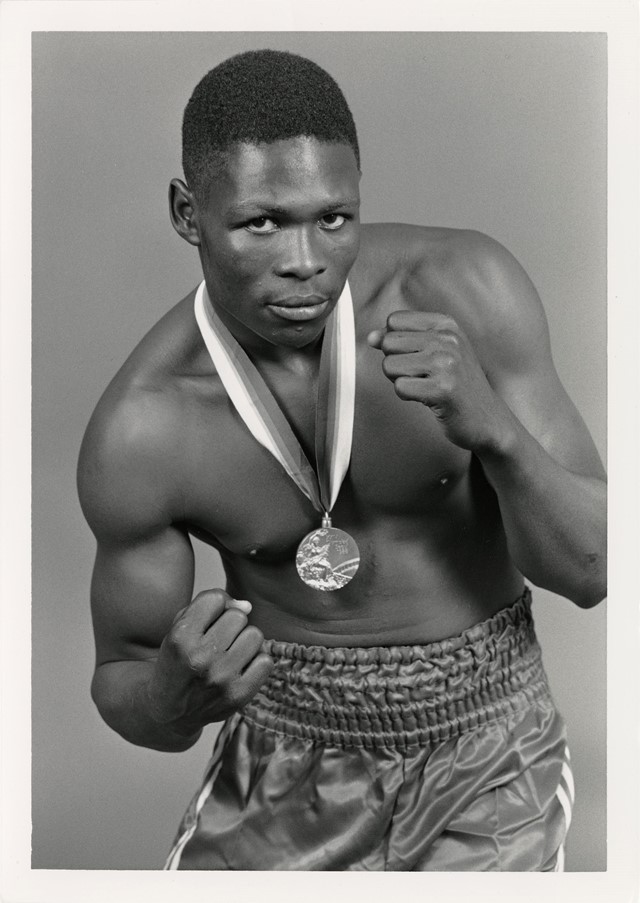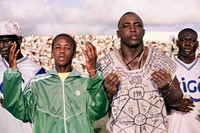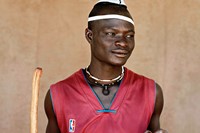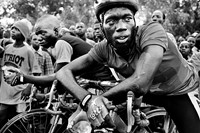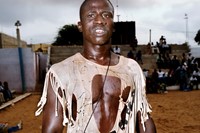“Africa is everywhere and Africa is influencing everything,” says Peet Pienaar, editor of Afrosport, a fascinating survey of sport, photography, design, and culture across the continent
It’s undeniable: this will be the African’s century. There’s an emerging “youthquake” on the continent; by 2050, one in three people aged 15-24 will be African. African youth are and will continue to shape global culture across the disciplines of fashion, music, and art. Shape, not just influence. That’s a key distinction. African culture – especially when it comes to the discipline of design – has been historically undervalued, mostly seen as something to reference or even appropriate but rarely attributed to or taken seriously on its own terms. Afrosport, the follow-up to Afrosurf – the first book to explore the untold history of surf culture in Africa – seeks to change that, using the realm of sport to “celebrate African design as self-possessed in its own right” beyond “Western expectations”.
Designed and edited by Mami Wata co-founder Peet Pienaar, Afrosport is extensive and encyclopedic in scope. It offers a fascinating survey of sport across the continent, from the flatland BMX scene in Ghana to ram fighting in Nigeria. The book features a roster of excellent contributors – including a forward by two-time NBA All-Star Joakim Noah – as well as a diverse array of visual and graphic material that spans 12 recipes and a photo comic. Highlights include a detailed map underscoring the complex array of languages and ethnic groups found on the continent and an intersecting timeline of major political, social, and sporting events throughout history.
On the book’s design, Pienaar says “it needed to say sport and Africa”. “For me, design is always linked to something,” he adds. “Design is so important in sport. It comes from a very real place. European designers would say most of the things I talk about would be vernacular design. I wanted to deliberately walk away from that. In a European sense, people would say, ‘This is not design, this is not part of design, these people didn’t study design.’ And for me, that’s one of the main things that I want to break away [from] and make everyone who creates something, or becomes linked to design, a designer.” Afrosport highlights unsung figures in sports and design history, including Theodosia Okoh, the designer of Ghana’s iconic national flag who also happened to be a hockey player.
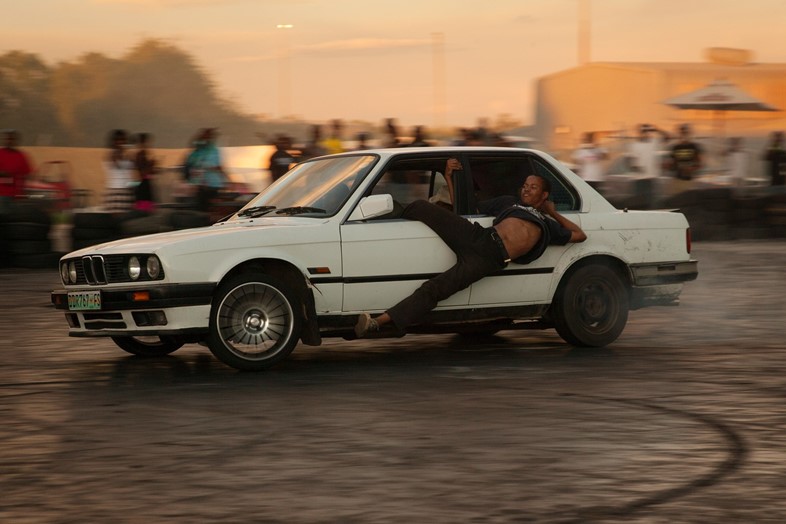
There’s a particular sensibility one finds in Africa, a DIY spirit that emerges out of necessity and an entrepreneurial mindset. Taking something and infusing it with something else in a way that shouldn’t work, or that you would never think of but somehow does. The commercialised, mass-market generality of say the Nike swoosh becomes filtered through hyper-specific local cultures and personal tastes. “There’s a visual play with Western symbols and information,” explains Pienaar. “It’s very poetic and intentional. But it’s completely going above the heads of Western design or Western visual culture.” Take Matatu culture in Nairobi, for example, which “involves aspects of graphic design, car culture, music, fashion, and performance.” The name derives from the emergence of privately-owned minibus taxis in the city. Drivers deck out their vans to stand out among their competitors; like the Arsenal shirt you wear, the matatu you ride signifies your “status, identity, and political affiliation”.
Where does this innovation come from? In Afrosport, Sandy Alibo of Surf Ghana writes of a need “to astonish everyone”. In the world of African sports, this need for astonishment is plainly evident in diski, a style of football played in South Africa that’s not necessarily about scoring goals but rather how the player can intimidate or embarrass his opponents through performance. “People [got] bored with football, so they said let’s make it better, let’s make it cooler, let’s make it more interesting,” Pienaar elaborates. “And that for me is something that happens in music, design, and fashion. People really push the envelope to be seen but also because they’re a little bit bored of what they see.”

Despite the constant reinvention happening on the continent, African culture is subject to persistent tropes and misconceptions, one major one being an image of Africa that can only be found in the past. “When you talk about design in Africa, everyone thinks about traditional or rural designs,” Pienaar says. “There’s a massive disconnect. But culture is always alive. It always moves forward.” For contemporary African designers, that disconnect can be frustrating or alienating. “A lot of African designers don’t necessarily feel they can associate with very traditional design,” adds Pienaar. “It’s been centuries. It’s so old it doesn’t even connect with them anymore. Even if they’re part of that culture, they don’t feel they can work with that because it’s so back in time. It’s almost the same as people only being inspired by the Renaissance in Europe. You can’t just stop there.” Afrosport refreshingly challenges this notion, in both subject matter and design.
“I think what people will realise from the book is the influence of Africa at the moment on the world culture and diaspora. Africa is everywhere and Africa is influencing everything,” says Pienaar. When it comes to sports, it is a field that will undoubtedly be dominated by Africans. “It’s time that Africa steps forward with design and says, we will decide how we design our sport. We will decide how we design the things we wear. But it won’t be coming just from Nike, or from someone else being put onto [us], but it will actually be determined through Africans.”
Afrosport is published by Mami Wata, and is available for pre-order now.
